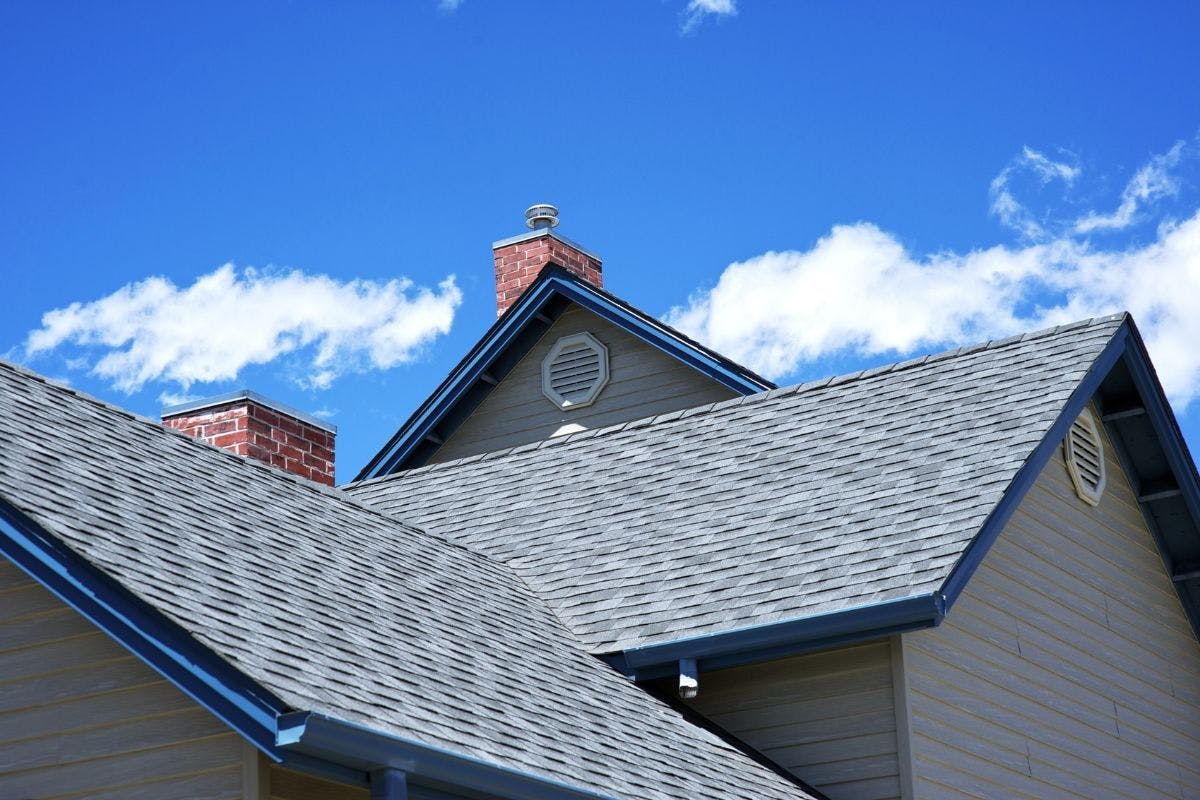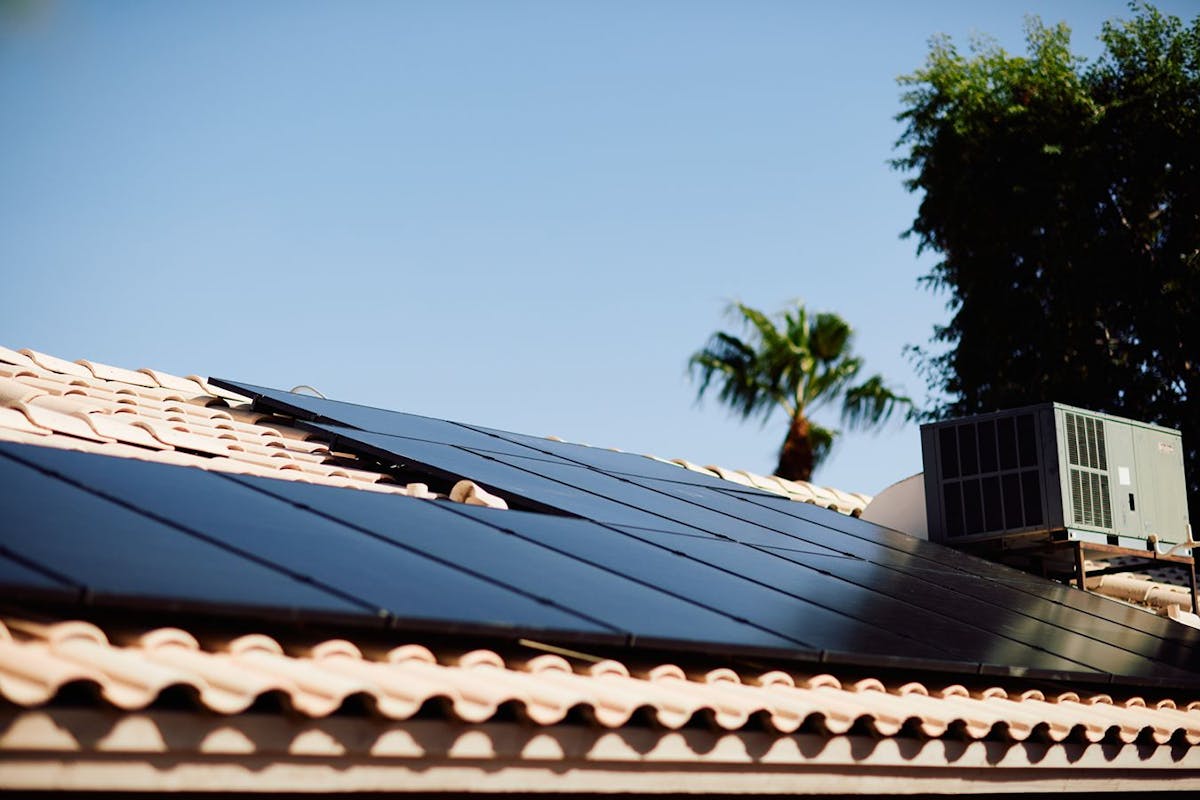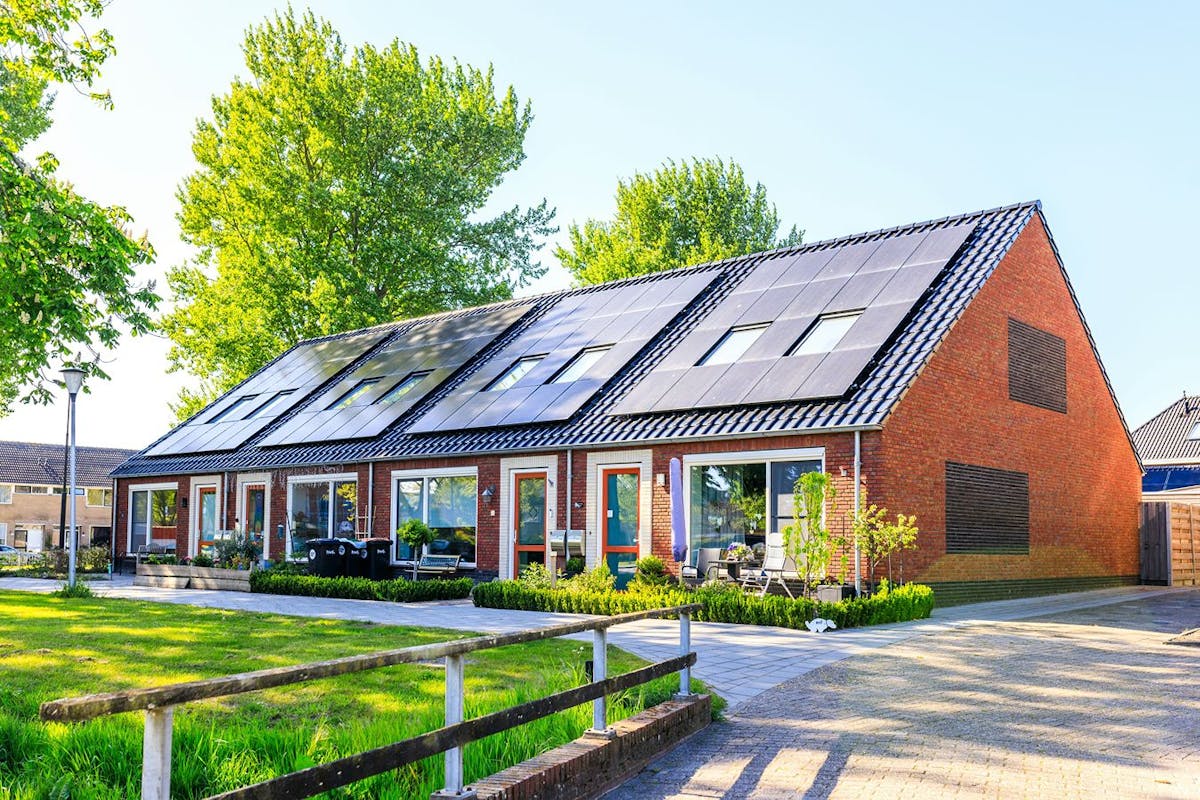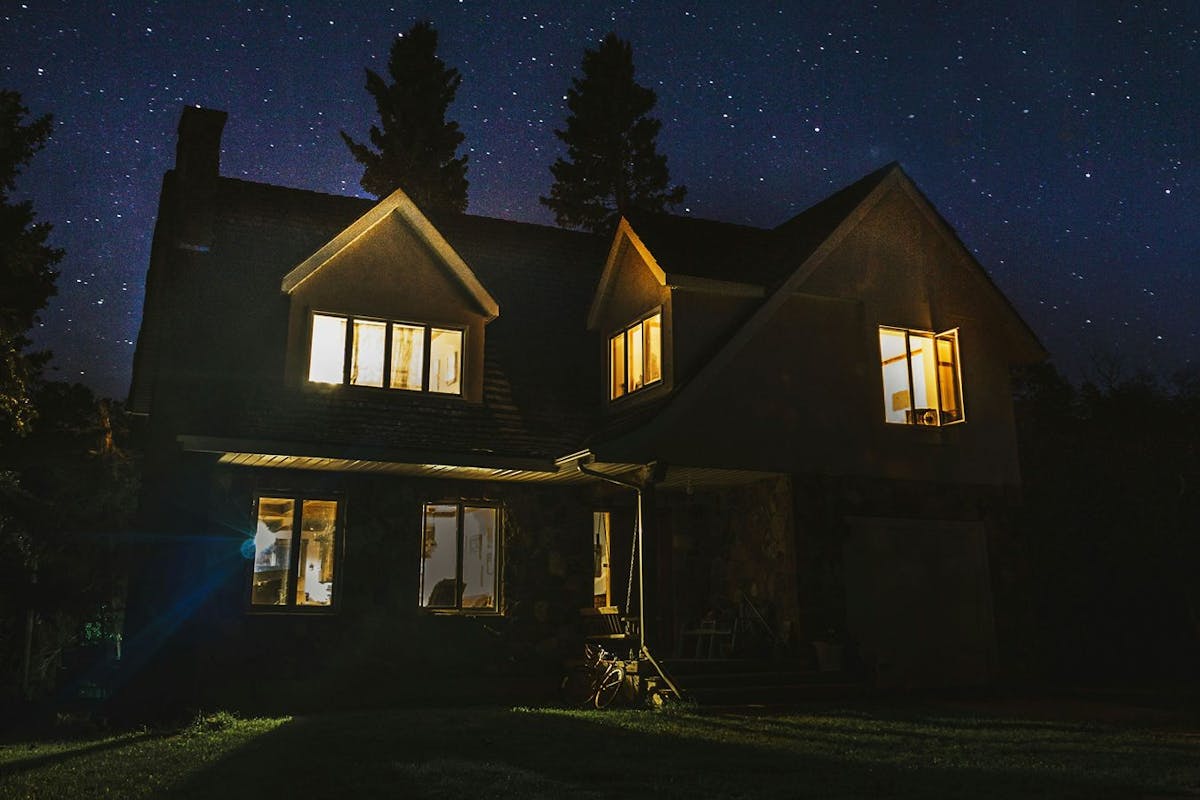Is My Roof Suitable for Solar Panels?
Last edited

Author
Andrew Giermak
Solar and Electrification Writer and Editor

Editor
Andrew Blok
Electrification and Solar Writer and Editor

If you've seen home solar panels going up on all your neighbors' roofs, you might be wondering if they'll work on yours. The good news is that answer very well could be a resounding, "Yes." But how do you know for sure?
The best way to find out is often talking with a solar installer, but you can get a good idea yourself. Here's what you need to know about your roof's solar potential and what, if anything, you need to do before it's ready for solar panels.
See how much you can save by going solar with Palmetto
How to Find Out if Your Roof Is Suitable for Solar Panels
Today, a few online solar panel suitability checkers are available to give you a general idea of whether your home can host a solar power system.
In fact, you can use Palmetto’s Solar Calculator to quickly see your roof's sun exposure and potential to host an array of panels.
For a more detailed look into your own property, here are eight unique factors that may influence whether or not your roof is suitable for solar panels:
Location, location, location
Across the U.S., the location of your property is one of the key indicators as to whether or not your roof will be suitable for solar panels. Although almost every property in the country could benefit from solar power generation in one way or another, homeowners in sunny states like Arizona, Colorado, and Florida may find they can generate large amounts of solar electricity.
In addition to sun exposure, your location may influence your solar panel suitability in other several ways. Rooftop systems tend to have the most return on investment in states with high electricity prices, favorable net metering policies, and local clean energy incentives to reduce the costs of solar adoption.
Best roof direction for solar panels
In North America, a roof facing directly south enables the maximum amount of solar power generation. While east or west facing roofs can capture efficient amounts of morning and afternoon sunlight, southern-facing roofs receive the most direct sunlight each day during peak solar production hours, and enable solar panels facing the optimal solar panel orientation.
Property shade
Even if your roof is south-facing, if it is heavily shaded during the day, it may not be suitable for solar panels.
Although not much can be done to eliminate off-property features (such as neighboring buildings or trees), technologies like micro-inverters and power optimizers can help minimize the impact of shade on a solar energy system’s total production.
Best roof material for solar panels
Several roof-racking methods are used today that enable solar panels to be installed on most modern roofing materials.
While different companies may have different lists of approved types of roofing, the following roof types are commonly accommodated:
- Composite shingle
- Architectural shingle
- Decorative shingle
- Corrugated metal
- Standing seam metal
- Flat tile, S-tile, W-tile
- Rolled asphalt
- EPDM (ethylene propylene diene monomer, rubber)
- TPO (thermoplastic polyolefin) flat roof
- Mod bit roof materials
While some other roof material can support solar panels, companies may not install panels on clay tile, shake tile, wood shake decking, slate tile, metal tile, metal slate, metal shingle, metal with asphalt coating, corrugated asphalt panels, fiberglass panels, or gravel, tar, or rubber flat roof materials.
With the exception of highly flammable substances such as wood shingles or thatch roofing, most roof materials can safely accommodate the solar panel installation process.
Roof space and obstructions
Any obstructions or inconsistencies on your roof surface may limit the buildable size of your solar array. Common roof obstructions include HVAC vents, window dormers, and chimneys, and most municipalities have rules against installing panels within a certain distance of building edges.
In general, the best roof shape for solar panels is a rectangular shape without a lot of obstructions, pitches, or other restrictions.
While it is possible to undersize your system, the amount of roof space needed for solar panels to meet the average U.S. residential electricity demand is usually 300-450 square feet. On average, solar panels are about 17.5 square feet each, and most residential systems include between 18 and 24 panels. (18 panels x 17.5 sq ft = 315, 24 panels x 17.5 sq ft = 420)
See how much you can save by going solar with Palmetto
Pitched roofs vs. flat roofs
If you are wondering whether or not your steep roof is too steep for solar panels, a good rule of thumb to remember is any pitch between 30 and 45 degrees is suitable in the United States. While the ideal pitch of your roof is equal to the latitude of your property, any surface that receives multiple hours of direct sunlight all year long may work for efficient solar generation.
When installing solar panels on a flat roof, a little bit of extra equipment is required, which can increase project costs. However, much like how solar panels are installed in open fields, you can utilize mounting systems on a flat roof that raise your panels at an angle optimized for direct sunlight intake.
Your roof's age
If your roof is beginning to reach its later stages in life, then it may not be suitable for a set of solar panels to be installed right away. When wear and tear from decades of weather have aged your roof, replacing the materials should precede a solar installation to avoid taking down and re-installing your panels later.
Knocking out two projects at once, installing solar panels after replacing your roof, is a great way to efficiently upgrade multiple aspects of your home with one seamless construction project, and you can often combine the financing to save even more.
Can your roof support solar panels?
Occasionally, some property owners may find their roofs are not suitable to handle the extra weight of a solar panel system due to a lack of rafter support. Although this may not be discovered until an onsite engineering survey has been conducted, proper roof support must be demonstrated in order for a system design to meet roof requirements for solar panels and be approved by most local building codes.
In most cases, when necessary, workarounds can usually be done to accommodate the extra weight added by a set of solar panels on a roof with inadequate support. For your safety and to pass property inspections, consider talking to an expert to clarify whether or not your roof will be able to support solar panels in its current state.
Solar Panels and Your Roof
Each property is unique, so solar panel roof suitability must be measured on a case-by-case basis. If you’ve estimated what you can save with solar and are ready to talk to an expert about your solar energy system, Palmetto is here to help you maximize the potential of your roof or property!
See what solar can do for you:
FAQs
How long do solar roof panels last?
Palmetto’s warranty coverage, Palmetto Protect, covers panels and inverters for 25 years, workmanship for 10 years, and roof penetration for five years. Palmetto’s energy savings plan, LightReach, lasts for 25 years. The industry standard is solar panels should last and remain around 80-90% efficient for 25 or more years.
Why is a roof-mounted solar panel system typically better than a ground-mounted system?
A roof-mounted solar panel system is, in most cases, less expensive, more efficient, and more practical than a ground-mounted array. Rooftop systems usually give a homeowner the best return on investment in states with high electric rates, favorable net metering policies, and clean energy incentives.
How do I prepare my roof for solar panels?
Before you agree to install solar panels on your home, it’s best to have your roof inspected. Removing and reinstalling solar panels to fix a roof can be costly and time-consuming. In some cases, it may be advisable to have your roof repaired or replaced entirely before installing your solar array.
If your roof needs renovation or construction, can the cost be combined into one financing plan?
If you’re facing the decision about a roof renovation or replacement before installing solar panels, it may be possible to combine the projects into one financing plan. Completing both projects through a single company could mean needing only a single loan, instead of pursuing multiple options from various vendors and banks.
What can Palmetto tell about your property’s compatibility with solar panels remotely?
Our residential solar system experts work with homeowners every day. We are able to determine quite a bit about your project before you sign or commit to anything. Aspects of a new system such as location, direction, projected power generation, an array’s fit on your roof, your property’s trees and shading, and more are all part of what we can determine off site.


